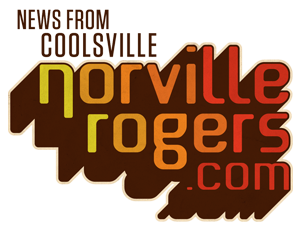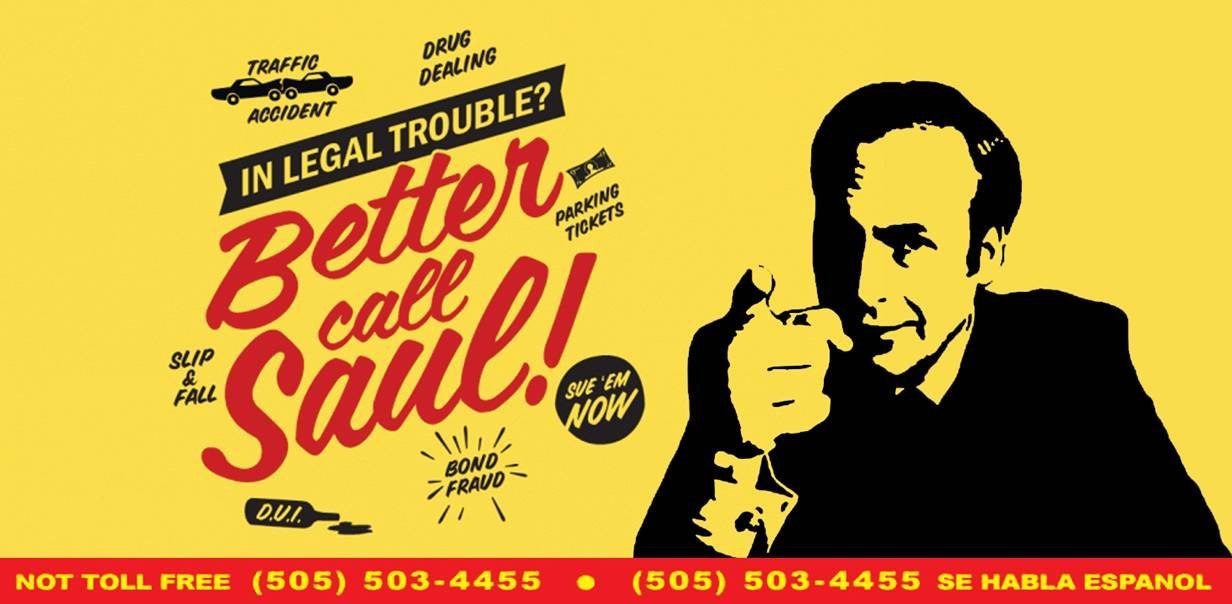I lived with Walter White for the better part of a year, so I was understandably jaded when AMC announced plans to spinoff Bob Odenkirk’s Saul Goodman into his own show. I know I wasn’t alone in thinking that Better Call Saul had the possibility to become another forgotten Joey, The Golden Palace (look it up!), or AfterMASH.
But then they revealed that the team behind Breaking Bad was mostly reforming to create Better Call Saul. That allayed some of my fears.
Then the early reviews started rolling in, which I tried to read without reading for fear of spoilers. Most said that BCS lived up to BB; some even went so far as to say BCS’s pilot was better than BB’s. My pessimism turned into cautious optimism, then I watched the Better Call Saul premiere this past Sunday night, and a wide, stupid, awestruck grin worked its way past my defensiveness as we see…
HERE COME THE SPOILERS!
… future Saul working at a Cinnabon in Omaha.
Better Call Saul’s Two Broad Themes
After that tragic cold open (which was only cold to those who hadn’t watched Breaking Bad), we finally flash to what we’ve been waiting so long for: “Pre-Saul” Jimmy McGill, Attorney at Law. Even during this early point of the pilot, I thought how this show will likely be a study in contrasts: between future Saul and present Jimmy, between Jimmy’s successful brother Chuck and Jimmy’s low-level beginnings, between justice and injustice, between right and wrong, and between Jimmy and the world against him. (Sure, this is a reach, but it’s fun to consider: BCS’s opening credits are high contrast.)
Nowhere was this more apparent to me than the first scene that made me laugh out loud. As Jimmy first exits the courthouse to his car, the camera sits on a Cadillac as Jimmy approaches it, only to pan to the left to reveal what Jimmy’s actually walking to: his beat-up yellow Suzuki Esteem. (The Cadillac was a nod to Jimmy’s future car in Breaking Bad). The shot also made me realize that non-BB fans can and will enjoy BCS, but BB fans will relish small moments like this scene that will likely be scattered through every episode.
Speaking of that Esteem, the writers couldn’t have been more blunt about the theme of the show. What Jimmy strives for, maybe even more than money, is esteem. But why? I hope they delve into more of Slippin’ Jimmy’s backstory (and not just Saul’s).
The Colors of Better Call Saul
In The Gospel According to Breaking Bad, I discussed the colors that were purposefully used throughout the show to convey something a bit deeper than just good design sense. Most of this information came from actor and blogger Erin Enberg. While following Twitter during the BCS premiere, Erin tweeted that she noticed quite a lot of yellows and blues in the overall color design of the show. Jimmy’s Esteem is yellow, his dank office in the back of a nail salon often has a dim yellow tinge, and bright swaths of yellow pop from most every scene. To me, yellow immediately shouts coward, and Jimmy’s shown his cowardice, yet Jimmy’s silver-tongued superpower becomes his courage and sole means of escape. This is effectively demonstrated in Episode Two, Mijo, and I can only imagine that BCS’s writers will have a field day in creating dialogue for Jimmy. But what else do you think the yellows and blues may represent?
The Final Contrast: Walter White and Jimmy McGill
Finally, let’s talk Walt and Saul. While Walt grew into a conniving, lying, and manipulative criminal, Jimmy seems born with a knack for twisting the truth just enough to get his way. As the series progresses, it will of course be fascinating to see him wrestle with how far he begins to bend the truth.
I was also reminded of how most people could never envision the dad from Malcolm in the Middle becoming Walter White. Part of me had the same reaction with BCS: how could Bob Odenkirk (funny and talented as he is), lead his own show? I’m happy to report that he’s quite capable. Toward the end of Episode Two, when a painful event takes place just off screen as Jimmy watches in horror, I felt the same sinking feeling in my gut I’d felt in particularly gripping (and terrifying) episodes of Breaking Bad. If the writing and acting holds up throughout the series (and I expect it too), I wouldn’t be surprised if Odenkirk wins multiple awards next year.
What Did You Think?
I could write more, as the series is so packed with leftover meaning from Breaking Bad while still striking out on its own new path, but I’d rather hear from you: if you watched the first two episodes, what did you enjoy most about them? The least?
And what do you think the arc of this season might be? With Breaking Bad, I thoroughly enjoyed trying to guess where the show would go—and I would always be frustrated because their writers would take it somewhere wholly different and completely captivating. So, throw out your wild guesses and let’s reconvene after ten episodes to see if any of us were close to right.
[author] [author_image timthumb=’on’]http://www.norvillerogers.com/wp-content/uploads/2015/02/blake-atwood-profile.jpg[/author_image] [author_info]Blake Atwood is a freelance editor, writer, and ghostwriter with EditFor.me and the author of The Gospel According to Breaking Bad.[/author_info] [/author]

